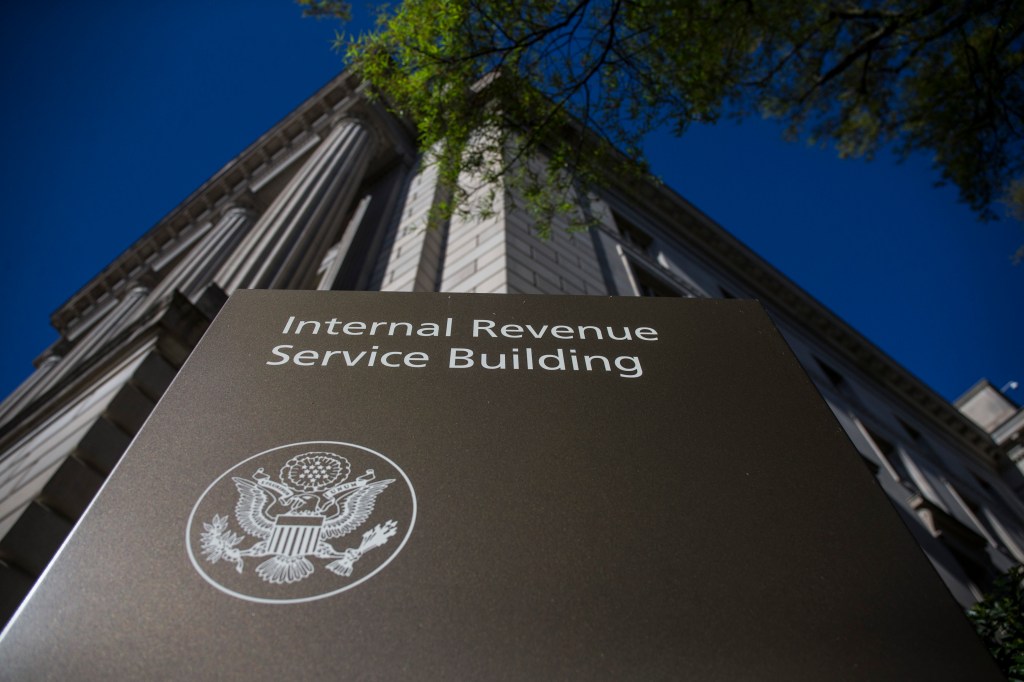The US Treasury Department is ramping up its efforts to make cryptocurrency investors comply with US tax law to make it harder for crypto investors to dodge income taxes when they sell digital assets.
Using existing law, plus new authority granted by the Infrastructure Investment and Jobs Act, the proposed regulations would require brokers, including digital asset trading platforms, digital asset payment processors, and certain digital asset hosted wallets, to file information returns, and furnish payee statements, on dispositions of digital assets effected for customers in certain sale or exchange transactions.
So crypto exchanges would need to interact with the Internal Revenue Service in a manner similar to brokers who handle investors’ stock and mutual-fund portfolios. Right now, the IRS doesn’t always get reports from trading platforms.
The rules don’t change what is taxable, only how it is reported.
They would send annual reports on Form 1099s to the IRS and to taxpayers showing the gross proceeds from transactions beginning in 2026 for tax year 2025. Later, they will start reporting how much customers paid for the assets, known as their cost basis. Capital gains are the difference between sale price and cost basis, and investors face federal taxes of up to 23.8% for those gains.
The rules don’t change what is taxable, only how it is reported. Although some trading platforms already report customers’ crypto sales proceeds to the IRS, others are not keeping track of how much the customer paid to buy a cryptocurrency, and this proposal seeks to have them do this better or hire vendors to help.
The proposal acknowledges the hardship on brokers in its text, saying “the information reporting rules will require digital asset brokers to expend resources to develop and implement information reporting systems to comply with the required reporting”.
But it said having taxpayers try to do it all on their own – calculating their gains or losses on these transactions – has contributed to significant underreporting by taxpayers of their gains generated by digital asset sale and exchange transactions.
Written or electronic comments on the proposed regulations must be received by October 30, 2023.
FASB approves expanded tax disclosure requirements
Companies will have to disclose more details about the income taxes they pay to government authorities under new requirements approved by the Financial Accounting Standards Board (FASB), a move to provide investors with greater transparency.
The US accounting standards setter on Wednesday voted 7-0 to adopt an update that would require both public and private companies to break out the income taxes paid to authorities at the federal, state, and foreign levels for the full year in their annual financial reports.
If a particular jurisdiction represented more than 5% of these taxes for the year, businesses will have to identify that jurisdiction and specify the amount in their annual reports.
“A good risk assessment process ‘must comprehensively and continually consider issuers’ objectives, strategies, and related business risks.”
Paul Munter, SEC’s Chief Accountant
Public companies will need to share more detail on how they reconcile their domestic statutory rate with the rate they actually paid. The actual rate is usually lower because it includes the effects of tax credits and other breaks.
These companies will also have to present a standardized table showing how categories such as state and local income taxes, foreign taxes, tax credits and the enactment of new tax laws contribute to the difference between the two rates, the statutory rate and the actual one, by providing the percentages and dollar amounts.
For public companies, the requirements are set to go into effect for 2025 annual reports. They would go into effect for private companies one year after that date.
SEC’s top accountant emphasizes risk assessments
The top accountant at the US SEC warned auditors (with his words having broad applicability to compliance and risk) to do better at risk assessments, and in particular to pay more attention to the smaller control failures that could portend greater issues in a company’s control environment.
The agency’s chief accountant Paul Munter released a statement last Friday to emphasize that corporations and auditors are focusing their risk assessments too much on information and risks directly related to financial reporting, “while disregarding broader, entity-level issues that may also impact financial reporting and internal controls.”
“Such a narrow focus is detrimental to investors as it can result in material risks to the business going unaddressed and undisclosed, thereby diminishing the quality of financial information,” he said.
Public companies will need to share more detail on how they reconcile their domestic statutory rate with the rate they actually paid.
A good risk assessment process, he said, “must comprehensively and continually consider issuers’ objectives, strategies, and related business risks.”
Offering up examples of what could be included in thinking more broadly and engaging in a better risk assessment process, Munter suggested considering these things:
- observations from regulators;
- analyst reports, and short-seller reports;
- a company’s loss of financing;
- customer concentrations;
- declining conditions affecting the company’s industry; and
- changes in technology.
Munter has a great point. A company cannot design new responses or appropriately disclose all of the material information needed in its periodic filings if it cannot fully appreciate the new or changing business risks that could significantly impact its system of internal controls.
Doing this well requires a more encompassing approach to risk assessments. And some really good monitoring tools.

















